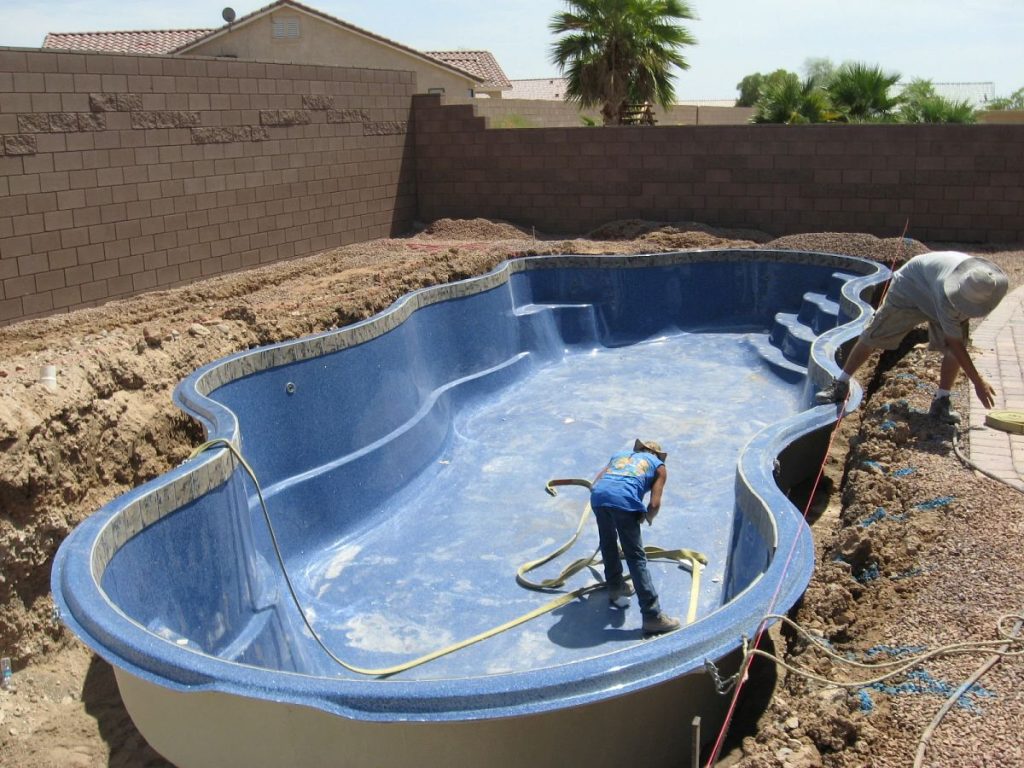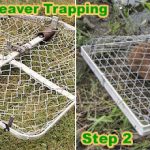A leaking pond can be frustrating and costly, whether it’s a small backyard feature or a large farm reservoir. Understanding the cause of the leak is essential before attempting repairs. This guide explains how to diagnose a pond leak, fix it effectively, and prevent future issues.
1. Identifying the Leak
Before you can fix a leak, you must find where it’s coming from. Water loss can occur through the pond bottom, sides, dam, or pipes.
Steps to locate the source:
-
Monitor the water level: Mark the waterline and observe changes over several days. If the water stops dropping at a certain level, the leak is likely at or near that height.
-
Inspect the dam and banks: Look for damp areas, soft spots, or unusually lush vegetation on the downstream side — all signs of seepage.
-
Check for animal activity: Burrows from muskrats, crayfish, or other animals can create tunnels that drain water.
-
Examine pipes and spillways: Leaks often occur where pipes pass through the dam or where seals have deteriorated.
A simple bucket test can help confirm a true leak. Place a bucket filled with pond water near the shore and compare the water level drop. If the pond loses water faster than the bucket, seepage is occurring.
2. Fixing Common Types of Pond Leaks
Once you know the cause, the repair method becomes clearer. Here are the most common leak scenarios and their solutions:
A. Seepage Through the Pond Bottom
This is often due to porous or sandy soil.
Solutions:
-
Bentonite Clay: A natural, swelling clay that seals leaks by filling soil pores. Spread 1–3 pounds per square foot on the pond bottom, mix it into the top few inches of soil, and compact before refilling the pond.
-
Polymer Sealants: Modern products like Soilfloc or ESS-13 can be applied directly to a filled pond. These polymers bind soil particles and form a watertight barrier without draining the pond.
B. Animal Burrows
Burrowing animals can cause leaks by tunneling through dams and banks.
Solutions:
-
Locate and collapse burrows.
-
Refill holes with well-compacted clay or bentonite.
-
Control animal populations and install protective barriers such as wire mesh along the dam.
C. Decaying Roots or Vegetation
Old tree roots can leave channels through which water escapes.
Solutions:
-
Remove decaying roots and fill voids with compacted clay.
-
Avoid cutting live trees growing on the dam, as rotting roots later can create new leaks.
D. Structural Damage
Cracks, poor compaction, or damaged pipes can lead to significant leaks.
Solutions:
-
Recompact weak areas of the dam with clay.
-
Replace damaged outlet pipes or reseal joints.
-
In severe cases, a cutoff trench or clay core may need to be installed by a professional.
3. Preventing Future Leaks
Preventative maintenance is key to keeping your pond watertight over the long term.
Best practices:
-
Maintain a healthy vegetative cover on the dam and banks to prevent erosion.
-
Keep large trees and shrubs off the dam to avoid root damage.
-
Regularly inspect for animal activity or erosion after heavy rains.
-
Add a light layer of bentonite periodically if small seeps develop.
4. When to Call a Professional
If leaks persist after multiple repair attempts, the problem may be deeper within the pond’s structure. A pond construction expert or hydrologist can perform soil tests, locate underground seepage, and design a permanent repair such as re-claying or liner installation.
Conclusion
Stopping a leaking pond begins with accurate diagnosis and targeted repair. Whether you use bentonite, polymers, or structural restoration, addressing the root cause ensures a lasting fix. With proper maintenance and prevention, your pond can remain full, healthy, and leak-free for years to come.





